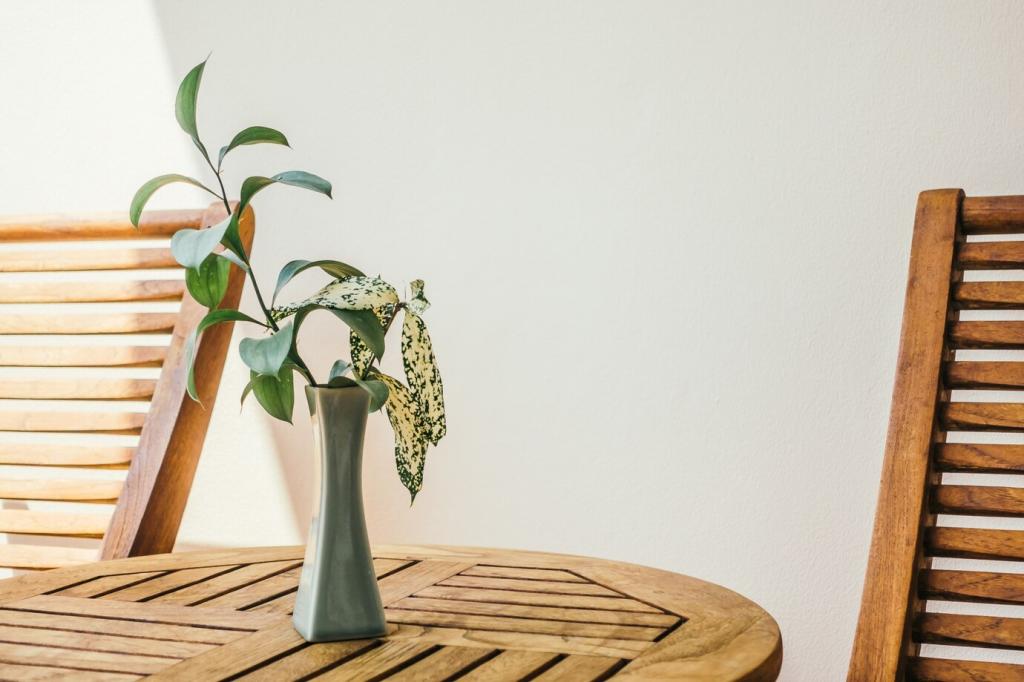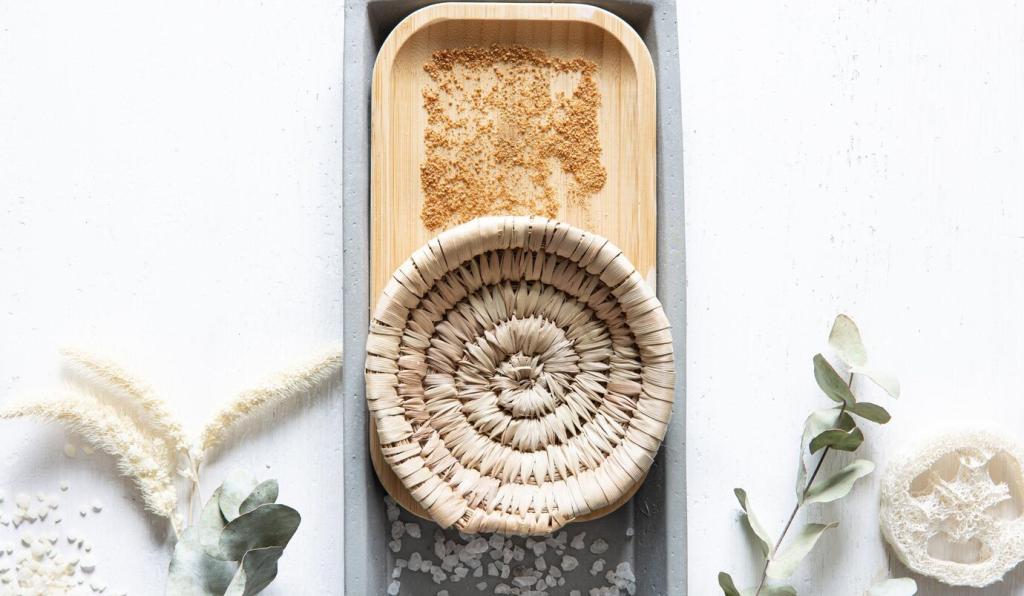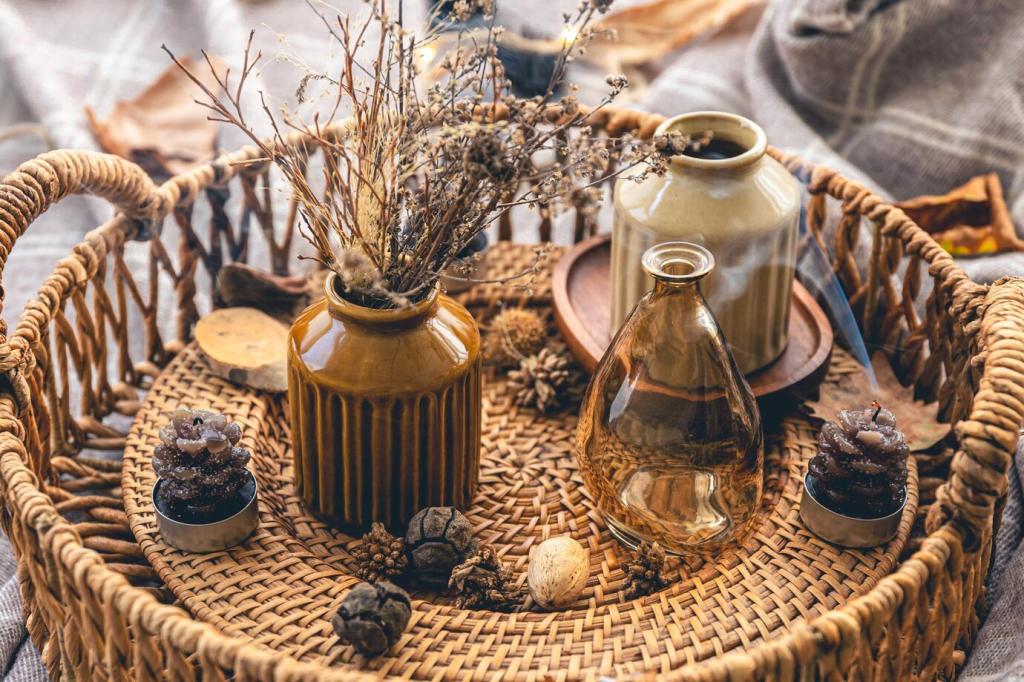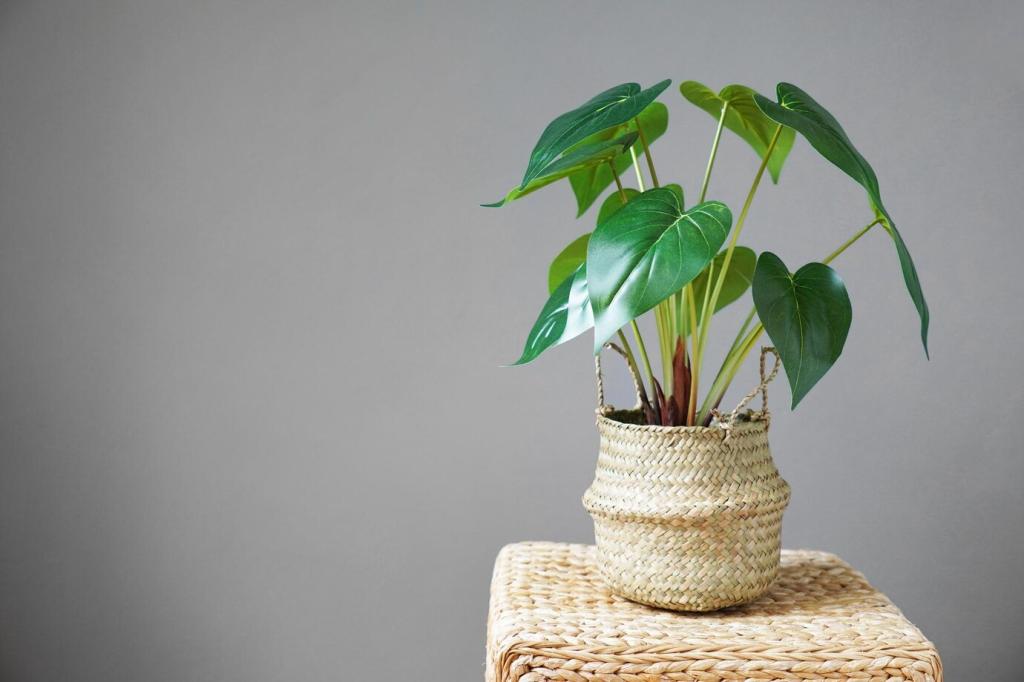
Revive, Reuse, Reimagine: Eco-Friendly Furniture Makeovers
Chosen theme: Eco-Friendly Furniture Makeovers. Welcome to a creative corner where we transform tired pieces into meaningful, low-impact treasures—blending style, sustainability, and stories you’ll be proud to share at home.
Why Eco-Friendly Makeovers Matter Now
Every table, chair, and dresser carries an invisible trail of energy, materials, and transport miles. By reviving what exists, we cut waste, conserve resources, and keep beloved pieces out of overflowing landfills.
Why Eco-Friendly Makeovers Matter Now
Eco-friendly makeovers bring circular design into your living room, turning disposal into renewal. Repairing, refinishing, and reimagining extends lifespans and gives functional beauty a second, sometimes better, chapter.



Low-VOC paints and stains
Opt for water-based, low- or zero-VOC paints, milk paint, and mineral pigments that cure hard and breathe beautifully. Good ventilation, gentle sanding, and thin coats yield rich color with a clean conscience.

Adhesives and fillers that respect air
Reach for plant-based or low-odor adhesives, traditional hide glue, and water-based wood fillers. They bond reliably, sand smoothly, and help keep your workspace healthier for long afternoons of careful craft.

Textiles and hardware choices
When reupholstering, explore organic cotton, hemp, or durable deadstock fabrics. Salvage solid handles, hinges, and knobs from discarded pieces. Tell us your favorite eco-conscious brands so others can discover them, too.
Step-by-Step: A Greener Makeover Workflow
Assess and set intention
Study structure, joints, and veneer before lifting a tool. Decide whether to refinish, repaint, or restore the existing patina. Share a photo of your candidate piece, and we’ll help brainstorm sustainable approaches.
Prep with minimal dust and waste
Start with cleaning and gentle scraping before sanding. Use targeted sanding blocks, vacuum extraction, and drop cloths to capture dust. Keep offcuts organized for patches, and dispose of debris responsibly.
Finish for durability and care
Build protection with thin, even coats of low-VOC finishes, allowing generous cure times. Buff lightly between layers. Leave a comment with your curing tips so newcomers can finish confidently and safely.

Stories From the Studio: Makeovers That Saved the Day
Found curbside with peeling varnish, it revealed warm grain under a citrus-based stripper. A gentle soap wash, milk paint drawers, and waxed top later, it became a calm anchor in a tiny bedroom.

Color stories that last
Build palettes from natural woods, clay reds, moss greens, and soft neutrals. Test sample boards in daylight before committing. Vote in our poll on favorite sustainable color combinations for small city apartments.
Placement and light matter
Protect finishes from sustained sun and vents. Use felt pads, coasters, and breathable mats. Share a snapshot of your room layout, and we’ll recommend a greener arrangement that highlights your renewed piece.
Care rituals that respect finishes
Dust with soft cloths, spot-clean using mild plant-based soap, and refresh surfaces with beeswax or natural oil as needed. Subscribe for seasonal checklists and timely reminders tailored to eco-friendly finishes.
